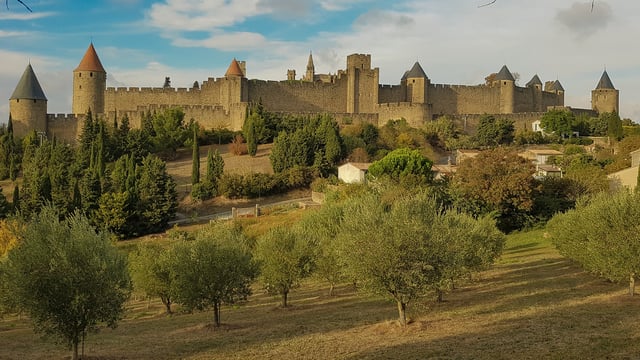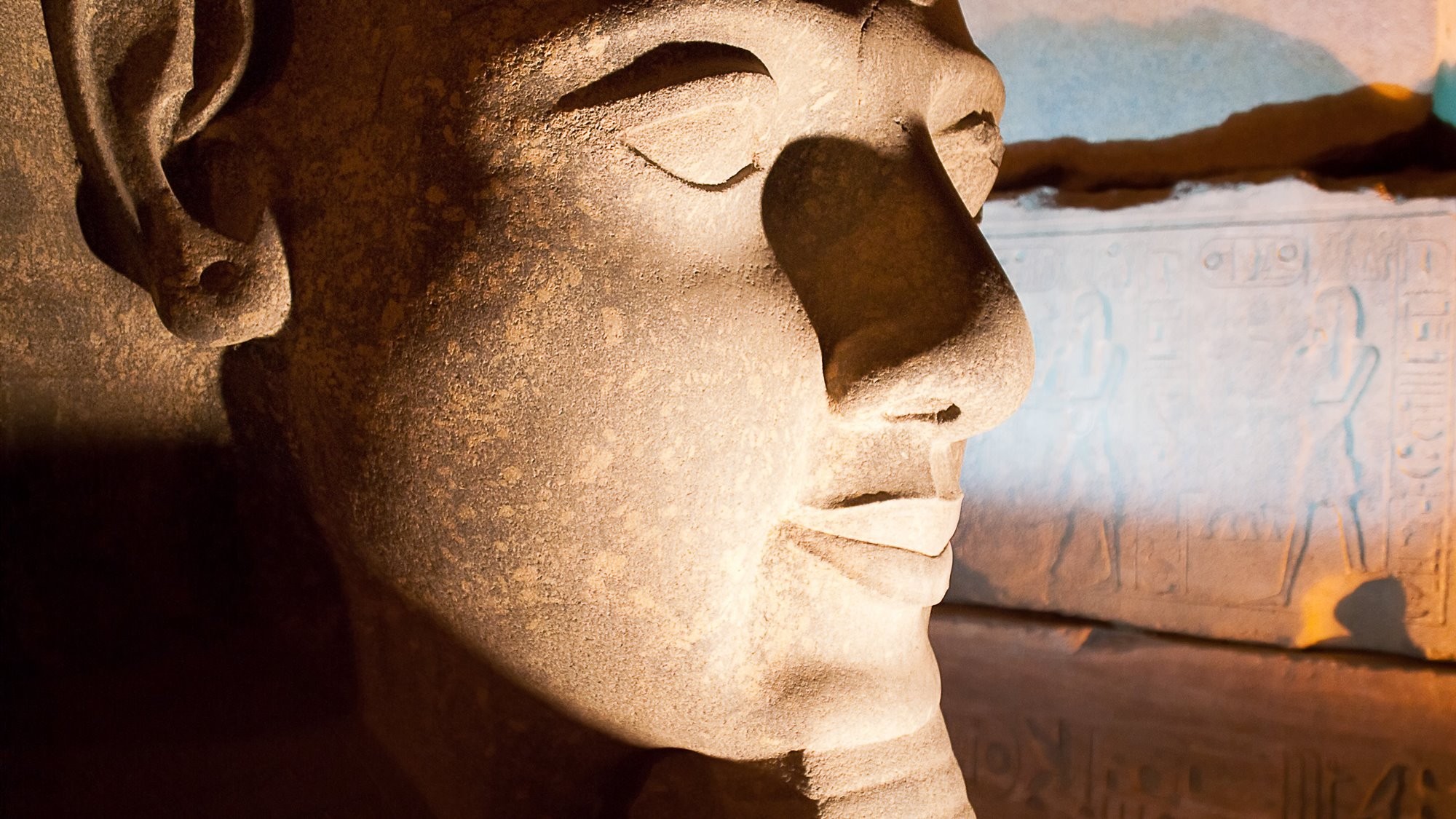Languedoc-Roussillon - Historic Region of France
Languedoc-Roussillon is a former region of France. This is where the Pyrénées Mountains and the foothills of the Massif Central come down to the Mediterranean, from the Spanish border across into the Rhone Valley in the east. The region included the departments of Aude, Gard, Hérault, Lozère and Pyrénées-Orientales. With the re-ordering of the administrative regions at the end of 2015, from 2016 Languedoc-Roussillon was combined with Midi-Pyrénées to form the region now known as Occitanie.



